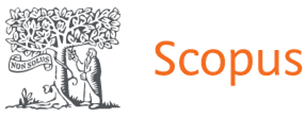The Power of Emotion in Efl: Discourse Analysis of Electronic Study Resources
DOI:
https://doi.org/10.15330/jpnu.12.1.6-14Keywords:
emotion in education, teaching materials design, emotional engagement, emotion-driven strategies, multimodal corpus methodologiesAbstract
This study explores the role of emotionally engaging strategies in teaching materials, particularly focusing on their impact on the teaching and learning process. Emotion plays a powerful role in education, often influencing engagement and retention more effectively than logic or reasoning. The research aims to identify and assess the specific activities and features within English e-textbooks published by a trade book publishing company that is capable of evoking emotional responses. Using multimodal corpus methodologies, the study examines elements such as structure, typography, visuals, color, teaching activities, diversity in learning tasks, languaging (making thoughts explicit), and the use of music. These features are analyzed to understand how they contribute to emotional engagement, which can enhance learners’ connection to the material. The findings suggest that these emotional engagement strategies are significant in improving language competencies. By incorporating emotional stimuli, textbooks can create a more dynamic and engaging learning environment, fostering deeper cognitive and emotional connections to the content. The study also highlights that emotional engagement is not only beneficial for making the learning process more enjoyable but also for increasing retention and improving overall language acquisition. The results emphasize the potential of emotion-driven strategies to enhance language learning outcomes. As educational materials evolve, it becomes increasingly important to consider emotional factors in their design. This study advocates for the integration of emotional engagement into educational content, encouraging further research into how such strategies can be systematically applied to foster better learning experiences and more effective language development.











